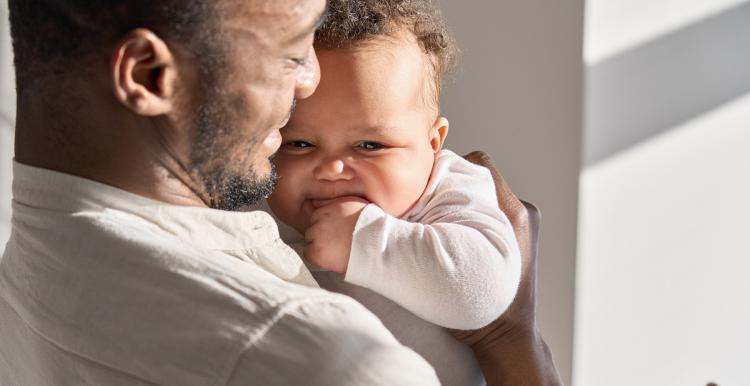Advice on Scarlet Fever

The higher number of cases is most likely related to high amounts of bacteria circulating and people mixing socially.
Look out for symptoms in your child, which include a sore throat, headache, and fever, along with a fine, pinkish or red body rash with a sandpapery feel.
Early treatment of scarlet fever with antibiotics is important, so contact NHS 111 or your GP if you think your child has it.
If a GP diagnoses your child with scarlet fever, keep them at home until at least 24 hours after the start of antibiotic treatment to avoid spreading the infection to others.
There are lots of viruses that cause sore throats, colds and coughs circulating, but these usually get better on their own.
However, children can sometimes develop a bacterial infection on top of a virus and that can make them more unwell.
On very rare occasions, the bacteria can get into the bloodstream and cause an illness called invasive Group A strep (iGAS). While still uncommon, there have been more cases of invasive Group A strep this year, particularly in children under 10.
As a parent, if you feel that your child seems seriously unwell, you should trust your own judgement and seek medical support.
Contact NHS 111 or your GP if:
- your child is getting worse
- your child is very tired or irritable
- your child is eating (or feeding) much less than normal
- your child has had a dry nappy for 12 hours or more or shows other signs of dehydration
- your baby is under 3 months and has a temperature of 38°C, or is older than 3 months and has a temperature of 39°C or higher
- your baby feels hotter than usual when you touch their back or chest, or feels sweaty
Call 999 or go to A&E if:
- your child is having difficulty breathing – you may notice grunting noises or their tummy sucking under their ribs
- there are pauses when your child breathes
- your child’s skin, tongue or lips are blue
- your child is floppy and will not wake up or stay awake
For more information visit the NHS Scarlet Fever webpage.

